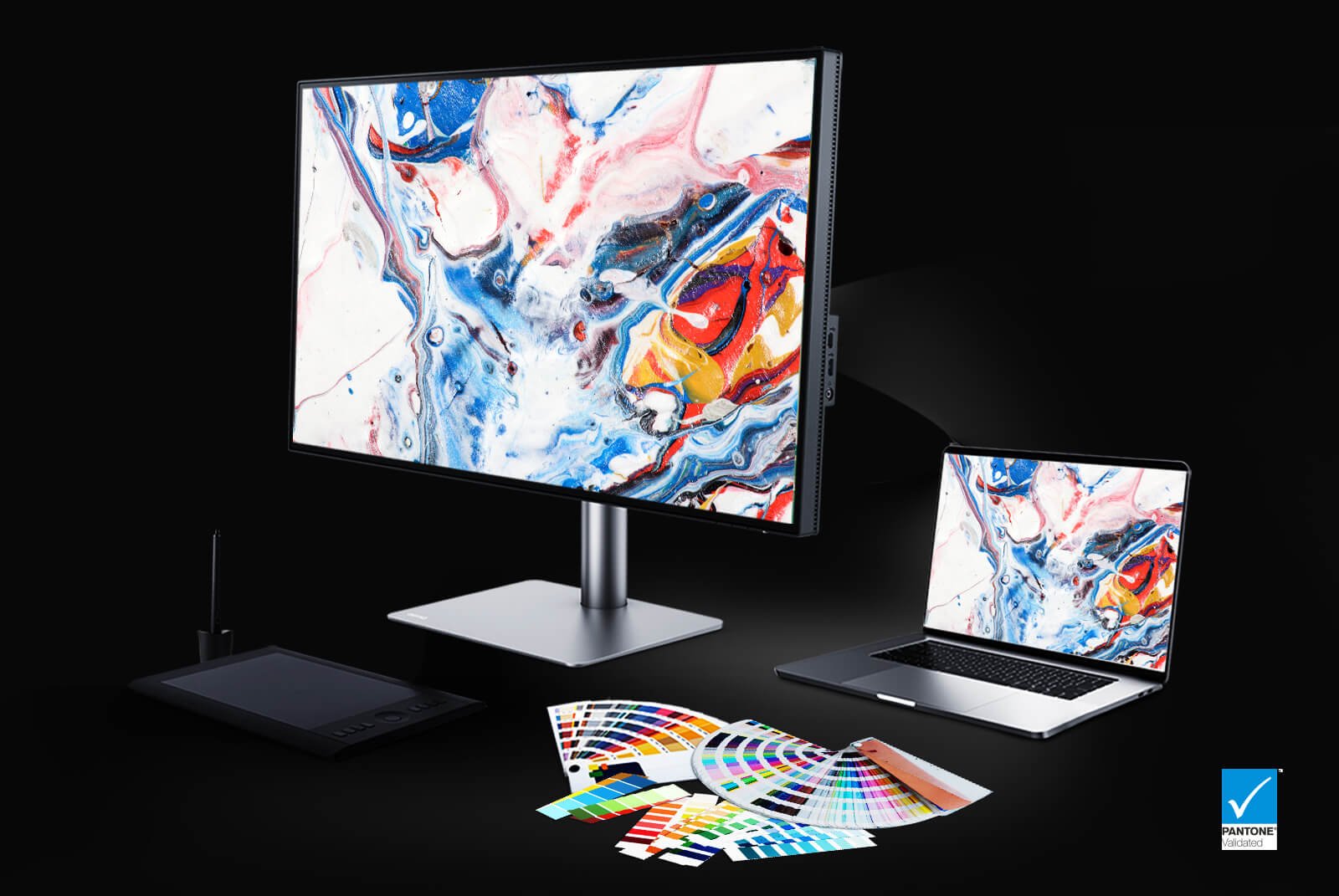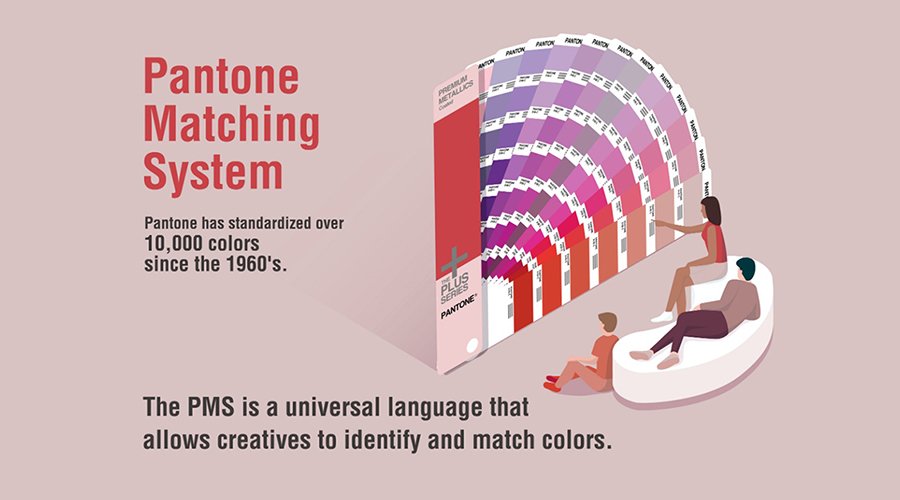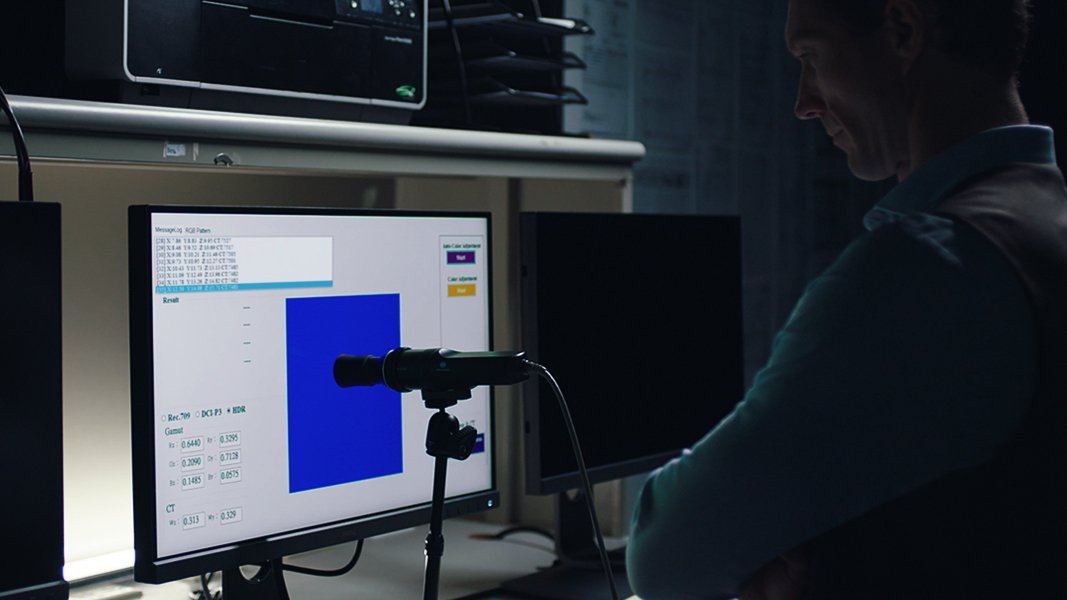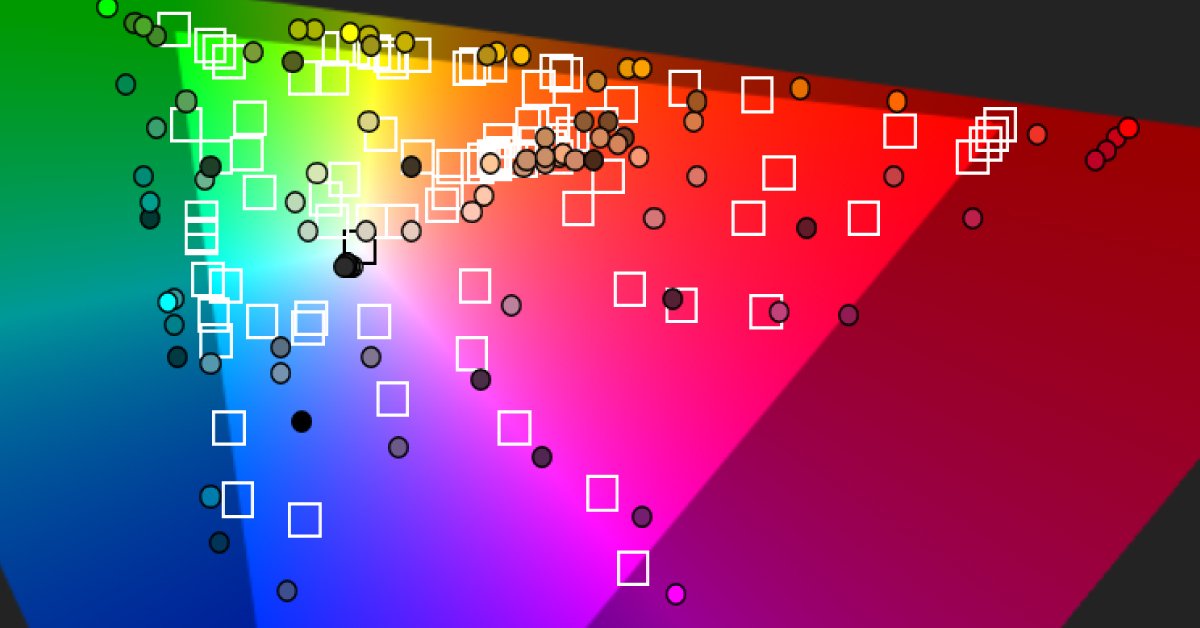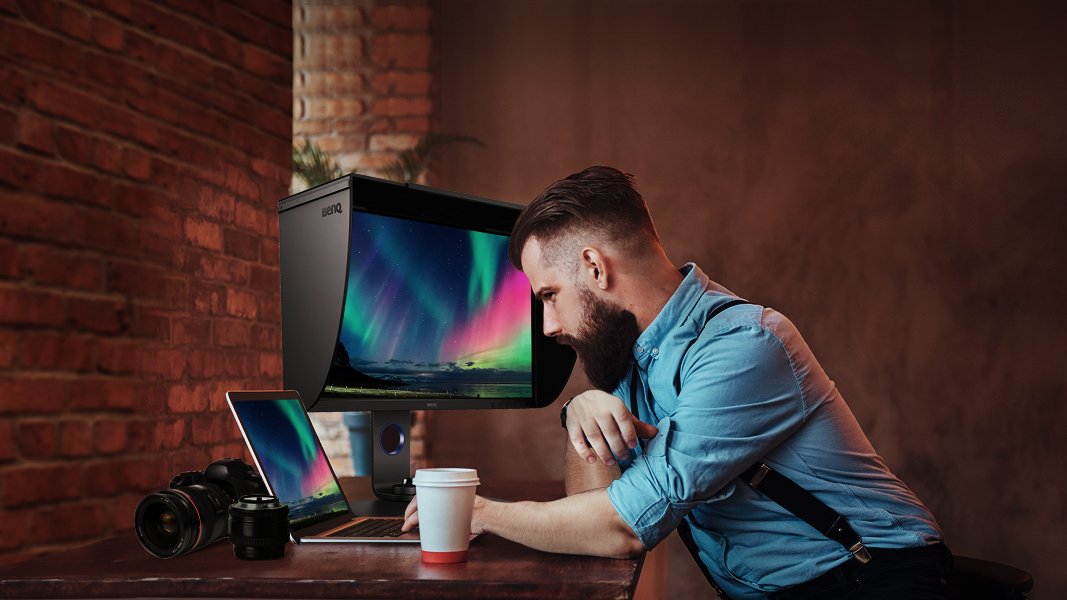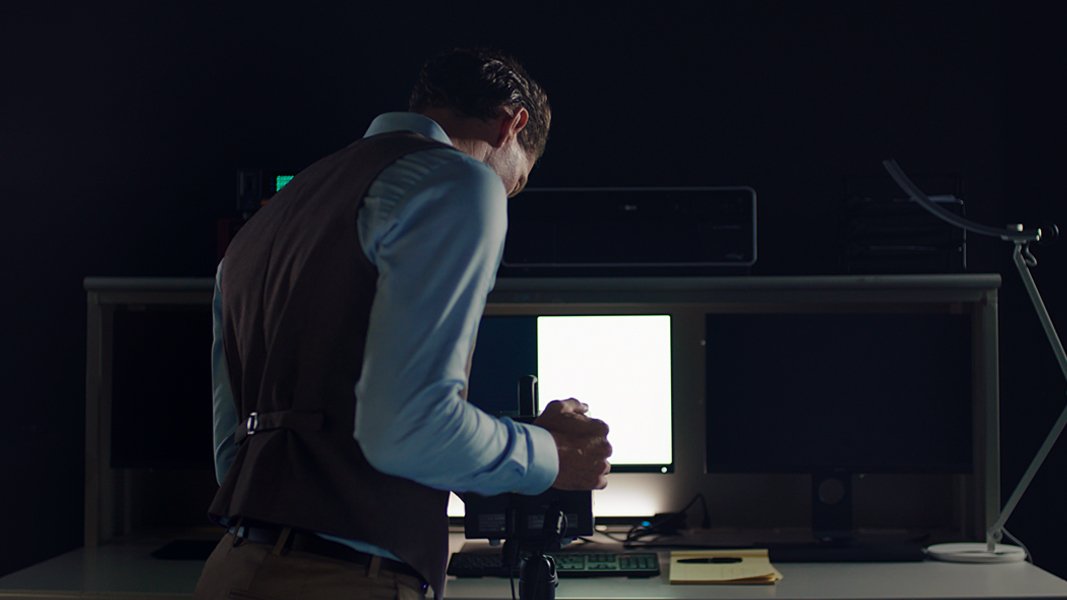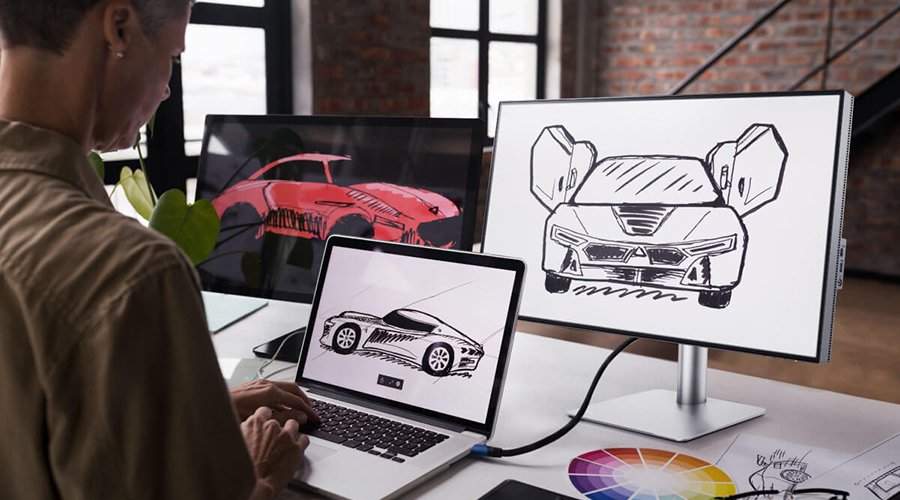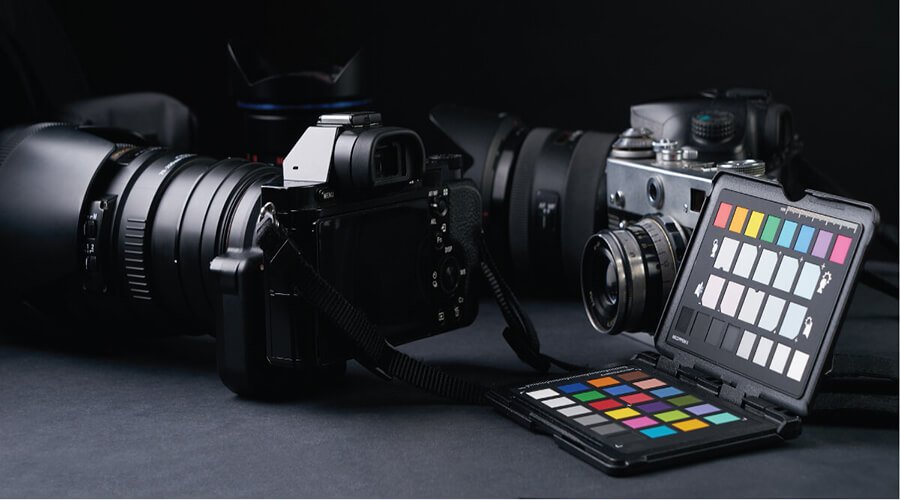Pantone started as a printing company in the 1960s. They soon realized the graphic arts industry needed an effective color communication standard. So, they introduced the first Pantone Matching System in 1963 with 500 colors. PMS has evolved ever since with more colors for use in ever-varied media. Nowadays, Pantone Matching System includes more than 1,300 colors. They cover formats including paper, plastics, textiles, and electronic libraries. In 2007, X-rite, a leading manufacturer of color measurement and management products, acquired Pantone.
Forward to 2019, BenQ announced a wide range of monitors which are “Pantone Validated." DesignVue PD series and PhotoVue Photographer SW series earned this status. BenQ is the first professional display brand with dedicated Pantone Validated monitors. Of note, X-rite, Pantone, and BenQ started the certification discussion in 2013. And BenQ had pushed for the certification ever since. This is all because BenQ saw the need for color certification in computer monitors.
